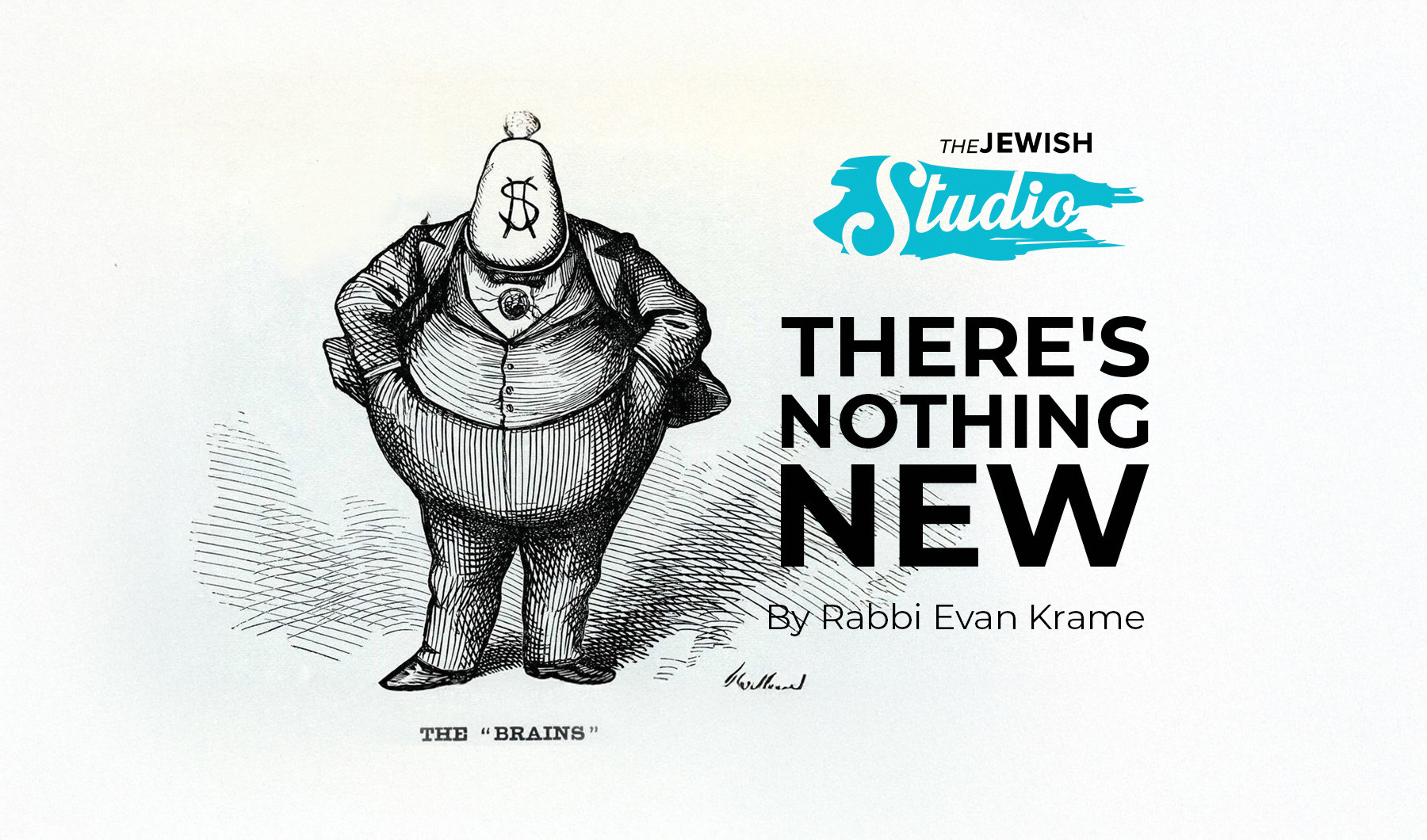Another challenging year. A second “corona seder.” A year ago we did not imagine a second Passover with social distancing. Yet, we can reinvent the seder with a fresh look at the core commandment: In each and every generation a person must view himself as though he personally left Egypt.
1. The constriction of movement is a key element of the Passover story. Start by considering the word for Egypt (mitzrayim) מצרים. Mitzrayim comes from the same root as the word for narrow place. How can this seder be a celebration of our pending exit from restriction? What ritual or ritual object might you add to the seder plate to remember this time?
2. On the last night in Egypt the people were instructed by God: “None of you shall go outside the door of his house until morning.” (Exodus 12:22) The directive to constrict your movement can be understood either as holy or oppressive. How are these two views represented in our world today?
3. As difficult as this era of Corona has been, enslavement is far worse. Where does enslavement continue in our modern world? Ask seder participants to offer a perspective on modern slavery such as sex trafficking, Uighur internment camps, unlawful recruitment of child soldiers in Africa . . .
4. Considering the mitzvah to view one’s-self as personally having left Egypt there is both the physical and psycho-spiritual aspect of this exercise. How might your memory of surviving this time of corona virus be a physical or tangible trigger for actions you might undertake – giving to charity, supporting vaccination efforts, political activism?
5. The exodus from Egypt engendered faith in a despondent, enslaved Hebrew people. How has the corona virus affected your faith? Have you questioned God for the pandemic or related the development of a vaccine to your faith in God?
Jews have always deployed memory as a tool for comprehension and action. Let’s use this Passover Seder as a way of committing ourselves toward creating a better world for ourselves and for others. Chag Sameach.
Rabbi Evan J. Krame





